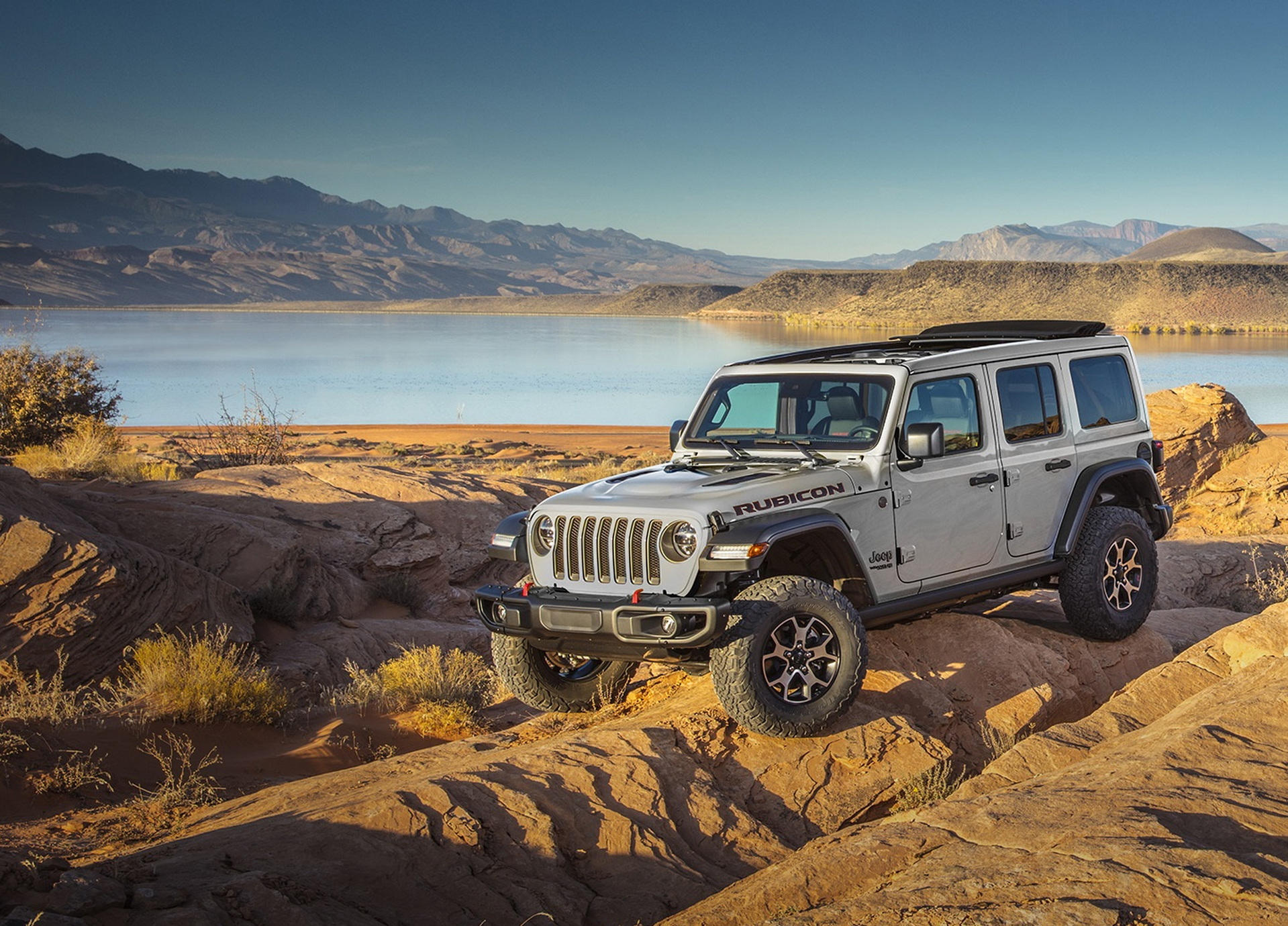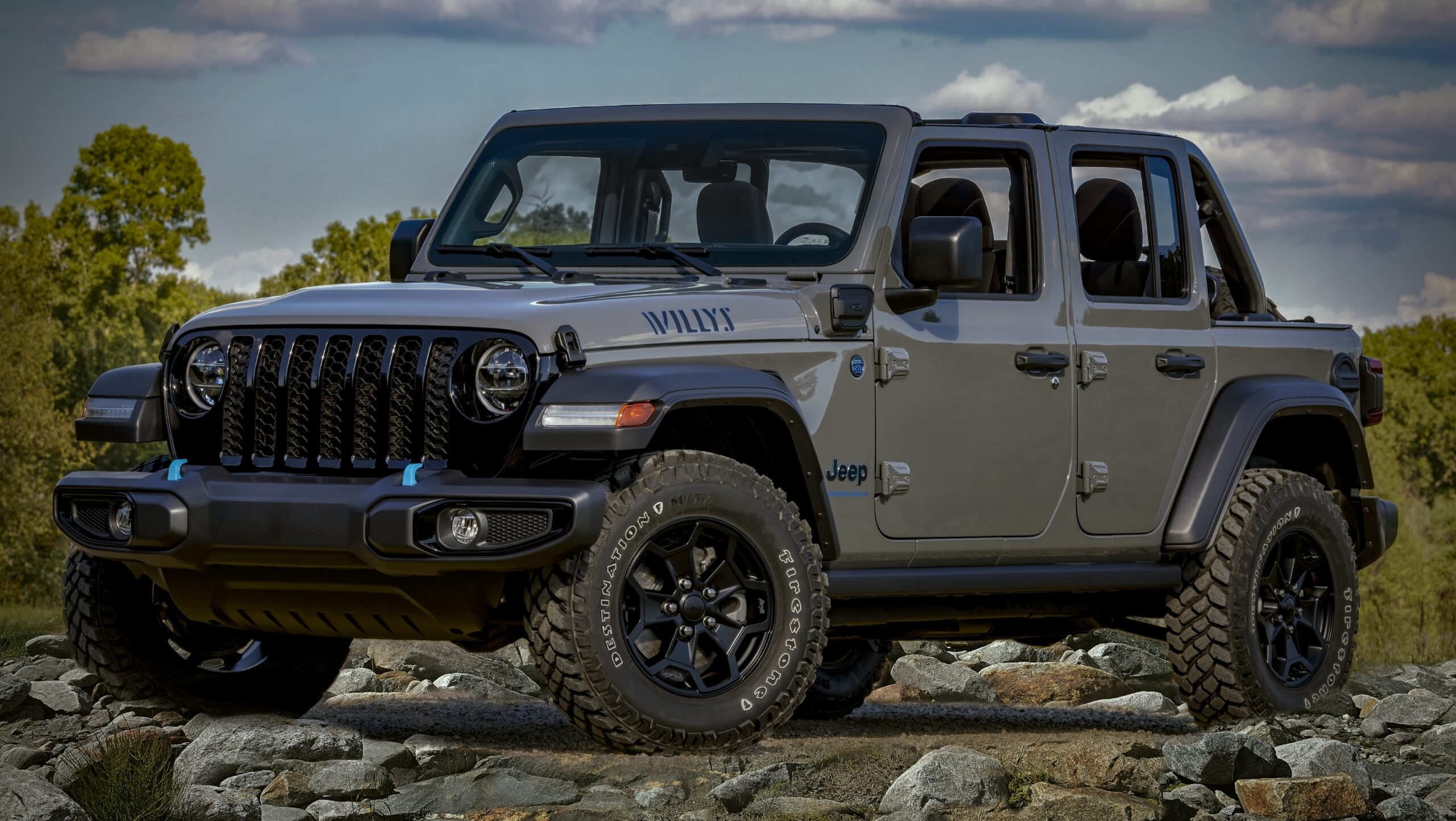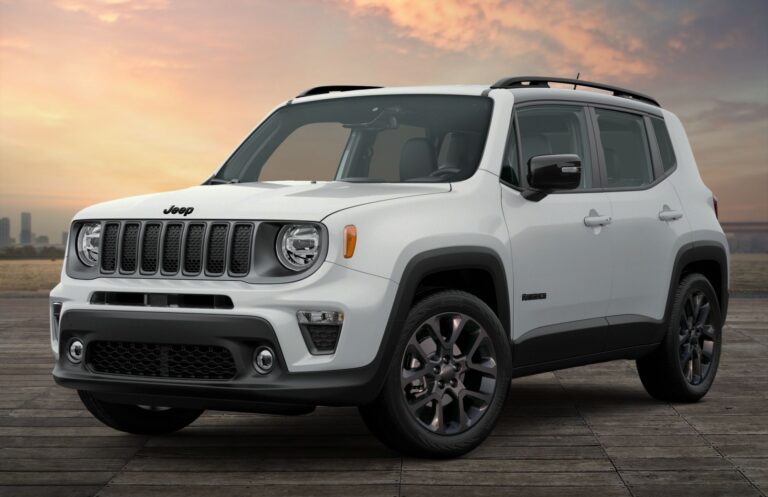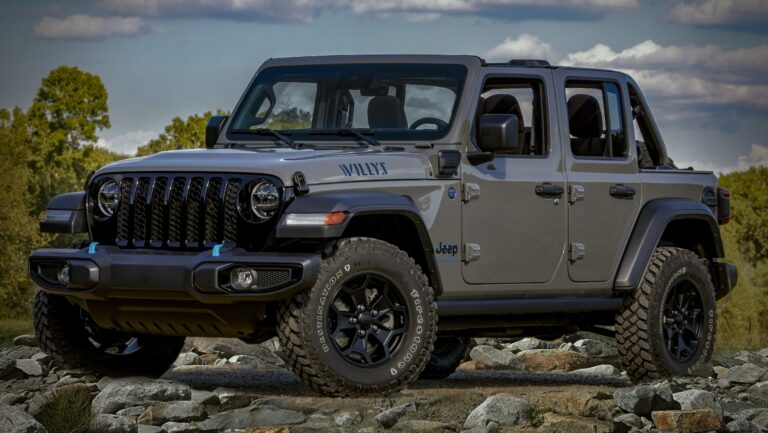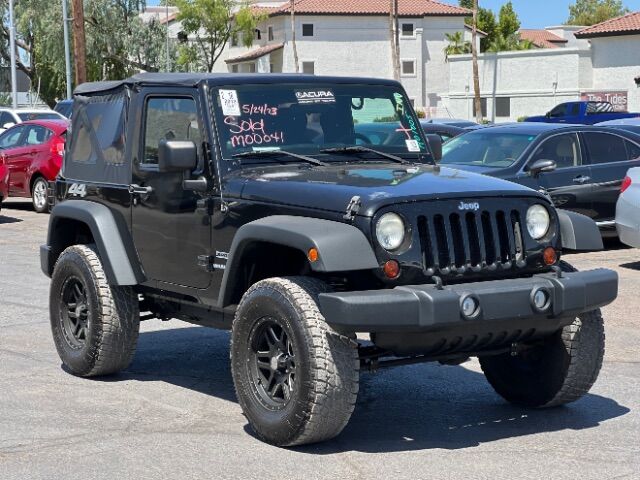Jeep Wrangler 2 Door Gross Vehicle Weight: Unlocking Your Off-Road Potential Responsibly
Jeep Wrangler 2 Door Gross Vehicle Weight: Unlocking Your Off-Road Potential Responsibly jeeps.truckstrend.com
The Jeep Wrangler, an icon of adventure and off-road prowess, embodies freedom on four wheels. For owners of the nimble 2-door variant, understanding the vehicle’s capabilities and limitations is paramount, especially when it comes to loading it up for an epic journey or outfitting it with heavy modifications. At the heart of this understanding lies the Gross Vehicle Weight Rating (GVWR). This isn’t just a number on a sticker; it’s a critical safety and performance metric that dictates how much your Jeep can safely carry, impacting everything from handling and braking to legality and long-term durability.
This comprehensive guide delves into the nuances of the Jeep Wrangler 2 Door Gross Vehicle Weight, providing essential insights for every owner. We’ll explore what GVWR means, why it matters, how to interpret it for your specific vehicle, and practical advice to ensure your adventures remain safe, compliant, and enjoyable.
Jeep Wrangler 2 Door Gross Vehicle Weight: Unlocking Your Off-Road Potential Responsibly
Understanding Gross Vehicle Weight Rating (GVWR) for the Jeep Wrangler 2-Door
At its core, Gross Vehicle Weight Rating (GVWR) represents the maximum permissible total weight of your fully loaded vehicle. This includes the weight of the vehicle itself (its "curb weight"), plus the weight of all passengers, cargo, fuel, fluids, and any aftermarket accessories or modifications. The GVWR is determined by the manufacturer based on the structural integrity of the frame, the capacity of the axles, the strength of the suspension components, the braking system’s capabilities, and the tire load ratings.
For the Jeep Wrangler 2-Door, a vehicle often pushed to its limits through off-roading and customization, understanding GVWR is exceptionally crucial. Overloading can compromise safety, performance, and even the vehicle’s longevity. Unlike the 4-door Unlimited, the 2-door Wrangler typically has a lower GVWR due to its shorter wheelbase and lighter curb weight, meaning its payload capacity (the amount of weight it can carry in addition to its curb weight) is also generally less.
Where to Find Your Wrangler’s GVWR:
The GVWR for your specific Jeep Wrangler 2-Door can typically be found on a sticker located on the driver’s side door jamb. This sticker also usually lists the Gross Axle Weight Ratings (GAWR) for the front and rear axles, tire size, and recommended tire pressures. Always refer to your specific vehicle’s sticker, as GVWR can vary slightly between model years, trim levels, and even specific option packages.
Factors Influencing GVWR and Payload Capacity
![]()
While the manufacturer sets the GVWR, several internal and external factors contribute to its determination and your usable payload:
- Curb Weight: This is the weight of your vehicle without any passengers, cargo, or aftermarket additions. It includes a full tank of fuel and all standard equipment. The curb weight directly impacts your available payload capacity (GVWR – Curb Weight = Payload Capacity). Different trim levels (Sport, Sahara, Rubicon) often have varying curb weights due to different standard features, such as heavier axles, skid plates, or premium interiors, which in turn affect the payload.
- Axle Ratings: The front and rear axles have their own Gross Axle Weight Ratings (GAWR), which represent the maximum weight that can be supported by each axle. The GVWR cannot exceed the sum of the individual axle ratings, nor can it exceed the weakest link in the vehicle’s overall design.
- Suspension System: The springs, shocks, and other suspension components are designed to support a specific range of weight. While aftermarket suspension upgrades can improve ride quality and handling under load, they do not legally increase the manufacturer-assigned GVWR.
- Tires: Tires have a maximum load capacity rating. The GVWR is also limited by the combined load capacity of the tires installed on the vehicle.
- Braking System: The vehicle’s braking system must be capable of safely stopping the maximum rated weight.
- Frame Strength: The underlying frame and chassis structure are engineered to withstand specific stresses and weights.
Understanding these factors helps explain why simply adding heavy-duty springs doesn’t allow you to exceed your GVWR – the entire system is designed for a specific limit.
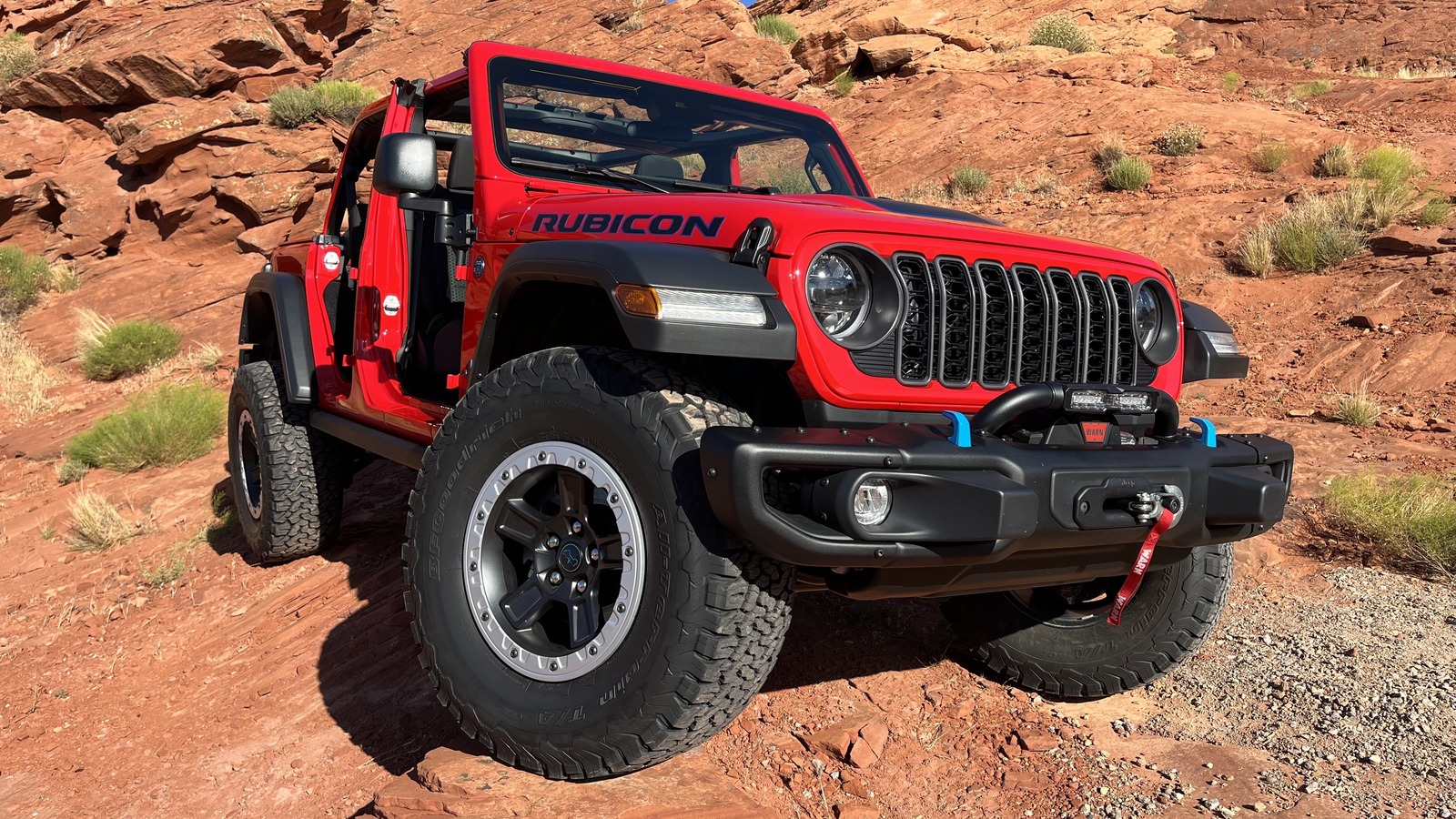
The Practical Implications of GVWR for Wrangler Owners
Disregarding your Jeep Wrangler 2-Door’s GVWR can lead to a host of problems, impacting safety, performance, legality, and even your wallet.
- Safety Compromise: Overloading severely degrades vehicle handling, especially at speed or during emergency maneuvers. Braking distances increase significantly, and the vehicle may become unstable, leading to a higher risk of accidents. Overloaded tires can overheat and fail, and suspension components can bottom out, leading to loss of control.
- Performance Degradation: Your Wrangler’s acceleration will suffer, and fuel economy will decrease. Off-road, an overloaded vehicle will have reduced ground clearance (due to suspension compression), poorer articulation, and increased stress on the drivetrain, making it less capable and more prone to getting stuck or breaking down.
- Legal Ramifications: Operating an overloaded vehicle can result in fines and penalties, particularly if involved in an accident. In some jurisdictions, commercial vehicle laws might apply if your vehicle is used for business purposes and exceeds certain weight thresholds, even for a 2-door.
- Warranty and Insurance Issues: Exceeding the GVWR can void your vehicle’s warranty for components damaged due to overloading. Furthermore, in the event of an accident, your insurance company might deny or reduce coverage if it’s determined that the vehicle was operating beyond its specified limits.
- Component Wear and Tear: Consistent overloading accelerates wear on critical components like brakes, tires, wheel bearings, suspension bushings, and even the engine and transmission, leading to premature failures and costly repairs.
Calculating Your Jeep Wrangler 2-Door’s Actual Load
To ensure you stay within your GVWR, you need to know your actual load.
- Find Your Curb Weight: While your door jamb sticker provides GVWR, it usually doesn’t list the exact curb weight. You can find this in your owner’s manual or on manufacturer specification sheets for your specific model year and trim. Be aware that this is a base curb weight; any factory options or dealer-installed accessories add to it.
- Calculate Payload Capacity: Subtract your curb weight from your GVWR.
- Payload Capacity = GVWR – Curb Weight
- Example: If your GVWR is 4,900 lbs and your curb weight is 3,900 lbs, your payload capacity is 1,000 lbs.
- Account for Everything: Everything you add to the vehicle counts towards the payload capacity:
- Passengers: Estimate an average weight per person (e.g., 150-200 lbs per adult).
- Cargo: Luggage, camping gear, recovery equipment, coolers, tools, spare parts, etc.
- Aftermarket Modifications: Heavy steel bumpers, winches, roof racks, larger tires, rock sliders, armor, upgraded suspension components, and even interior organizers add significant weight.
- Fluids: While a full tank of fuel is usually included in curb weight, additional water tanks or fuel cans add to the payload.
Practical Tip: The most accurate way to determine your current vehicle weight (including mods, but without passengers/cargo) is to weigh it at a public scale, such as those found at truck stops or recycling centers. Subtract this "actual curb weight" from your GVWR to get your real-world usable payload.
Modifications and GVWR: A Critical Consideration
The Jeep Wrangler 2-Door is a canvas for customization. However, many popular modifications significantly add to the vehicle’s curb weight, directly eating into your available payload capacity.
- Heavy Bumpers & Winches: A steel front bumper with a winch can easily add 150-250 lbs. A rear bumper with a tire carrier adds another 100-200 lbs.
- Rock Sliders & Skid Plates: Steel armor for underbody protection can add 50-150 lbs.
- Roof Racks & Rooftop Tents: These are becoming increasingly popular but can add 100-200 lbs, plus the weight of anything carried on them.
- Larger, Heavier Tires: Upgrading from stock tires to larger, more aggressive off-road tires, especially with heavy beadlock wheels, can add 15-30 lbs per wheel/tire assembly compared to stock, totaling 75-150 lbs for five tires.
- Aftermarket Suspension Components: While some components might be lighter, heavy-duty springs and shocks designed for increased load can add weight.
The "Hidden" Weight: Many owners install modifications incrementally, often underestimating the cumulative effect. It’s easy to add 500-800 lbs or more in aftermarket parts without realizing it. If your 2-door Wrangler has a payload capacity of, say, 1,000 lbs, and you’ve added 700 lbs in mods, you now only have 300 lbs left for driver, passengers, and gear before hitting your GVWR. This can quickly be exceeded with just two adults and some basic camping equipment.
Important Note on Suspension Upgrades: While heavy-duty springs or an upgraded suspension system might make your Wrangler feel like it can handle more weight, they do not increase the manufacturer’s GVWR. The GVWR is a legal and engineering limit based on the entire vehicle system, not just the suspension. Upgrading suspension helps the vehicle carry the weight more safely and comfortably within its existing GVWR, preventing sagging and improving handling, but it doesn’t permit you to exceed the rated limit.
Tips for Managing Your Jeep Wrangler 2-Door’s Weight
Responsible weight management is key to safe and enjoyable Wrangler ownership:
- Know Your Numbers: Always check your specific vehicle’s door jamb sticker for its GVWR and GAWRs. Calculate your available payload.
- Prioritize Lightness in Mods: If you frequently carry heavy loads or passengers, consider lighter-weight aftermarket components (e.g., aluminum bumpers instead of steel).
- Pack Smart and Light: When packing for trips, only bring what’s essential. Utilize lightweight alternatives for camping gear, cooking equipment, and supplies.
- Distribute Weight Evenly: Try to keep heavier items low and centered within the vehicle to maintain a low center of gravity and balanced handling. Avoid placing too much weight high up on a roof rack, as this significantly impacts stability, especially off-road.
- Account for All Occupants: Don’t forget to factor in the weight of all passengers.
- Check Tire Pressure: When carrying a heavy load, it’s often necessary to increase tire pressure to the maximum recommended for loaded conditions (refer to your tire’s sidewall or owner’s manual for specific guidelines). This helps prevent tire damage and improves handling.
- Re-evaluate After Modifications: After installing significant aftermarket parts, weigh your vehicle again to understand your new effective payload capacity.
- Plan Your Trips: Before heading out, especially for extended overlanding or off-road expeditions, estimate the total weight of your vehicle, passengers, and gear to ensure you’re within safe limits.
Table: Representative Jeep Wrangler 2 Door GVWR Examples
Please note: The values below are representative examples for common configurations and are subject to change based on specific model year, trim, engine, transmission, and factory options. Always consult your vehicle’s door jamb sticker for precise figures.
| Model Year Range | Trim Level (Example) | Engine Type (Example) | Approx. Curb Weight (lbs) | Approx. GVWR (lbs) | Approx. Payload Capacity (lbs) |
|---|---|---|---|---|---|
| 2018 – Present (JL) | Sport S | 3.6L Pentastar V6 | 3,850 – 3,950 | 4,900 – 5,000 | 950 – 1,150 |
| 2018 – Present (JL) | Rubicon | 3.6L Pentastar V6 | 4,000 – 4,100 | 4,900 – 5,000 | 800 – 1,000 |
| 2012 – 2018 (JK) | Sport | 3.6L Pentastar V6 | 3,750 – 3,850 | 4,800 – 4,900 | 950 – 1,150 |
| 2012 – 2018 (JK) | Rubicon | 3.6L Pentastar V6 | 3,900 – 4,000 | 4,800 – 4,900 | 800 – 1,000 |
Note: Payload capacity is calculated as GVWR – Curb Weight. The actual payload available for passengers and cargo will be reduced by any aftermarket modifications added to the vehicle.
Concluding Summary
The Gross Vehicle Weight Rating (GVWR) of your Jeep Wrangler 2-Door is more than just a technical specification; it’s a fundamental aspect of safe, responsible, and enjoyable ownership. Understanding your vehicle’s GVWR and adhering to its limits ensures optimal performance, prevents premature wear, maintains legal compliance, and, most importantly, protects you and your passengers. Whether you’re planning a challenging off-road expedition or simply loading up for a weekend getaway, always be mindful of your Wrangler’s weight. By doing so, you’ll preserve the legendary capability and reliability that makes the Jeep Wrangler a true icon of adventure.
Frequently Asked Questions (FAQ) about Jeep Wrangler 2 Door GVWR
Q1: Can I legally increase my Jeep Wrangler’s GVWR?
A1: No, you cannot legally or officially increase the manufacturer-assigned GVWR. The GVWR is a certified safety rating based on the vehicle’s original design and components. While you can upgrade suspension or other parts to better handle loads, this does not change the maximum weight limit set by the manufacturer.
Q2: What happens if I exceed my Wrangler’s GVWR?
A2: Exceeding the GVWR can lead to several serious problems: compromised handling and braking, increased risk of tire failure, accelerated wear on suspension and drivetrain components, potential voiding of your vehicle’s warranty, and legal penalties or insurance issues if involved in an accident.
Q3: Does lifting my Jeep increase its GVWR?
A3: No, lifting your Jeep with an aftermarket suspension kit does not increase its GVWR. A lift kit primarily provides more ground clearance and allows for larger tires. While heavy-duty springs in a lift kit might support more weight without sagging, the overall GVWR limit is still dictated by the weakest link in the system, as determined by the factory.
Q4: Where exactly do I find my specific Wrangler’s GVWR?
A4: Your Jeep Wrangler’s specific GVWR is printed on a sticker, usually located on the driver’s side door jamb (the pillar when the door is open). This sticker also provides other important information like tire pressure recommendations and Gross Axle Weight Ratings (GAWR).
Q5: Is GVWR the same as towing capacity for my 2-door Wrangler?
A5: No, GVWR is distinct from towing capacity. GVWR is the maximum total weight of the loaded vehicle itself, while towing capacity is the maximum weight the vehicle can safely pull on a trailer. While related (the weight of the trailer’s tongue counts towards your vehicle’s payload and thus GVWR), they are separate ratings. Always check both for your specific vehicle if you plan to tow.
